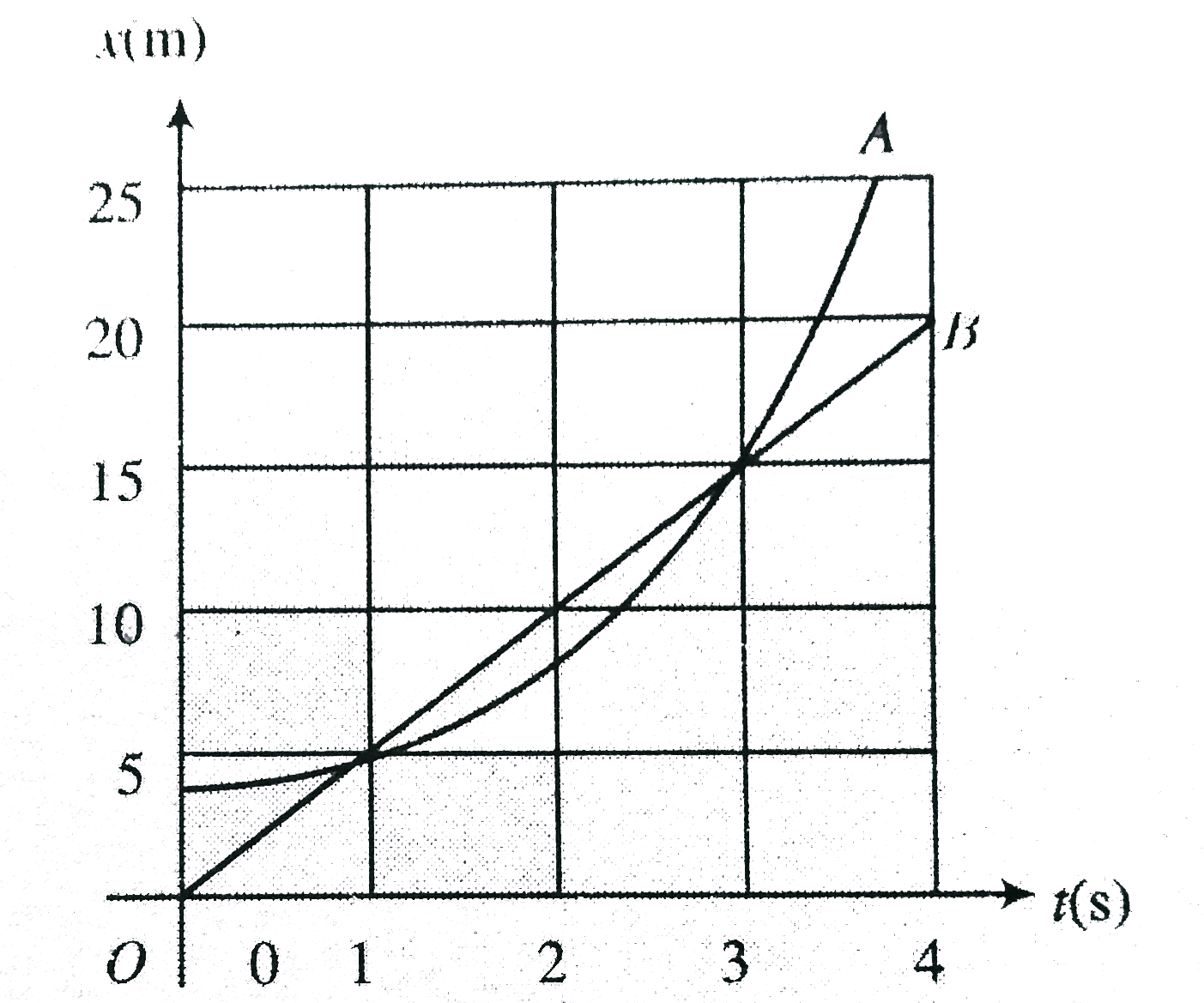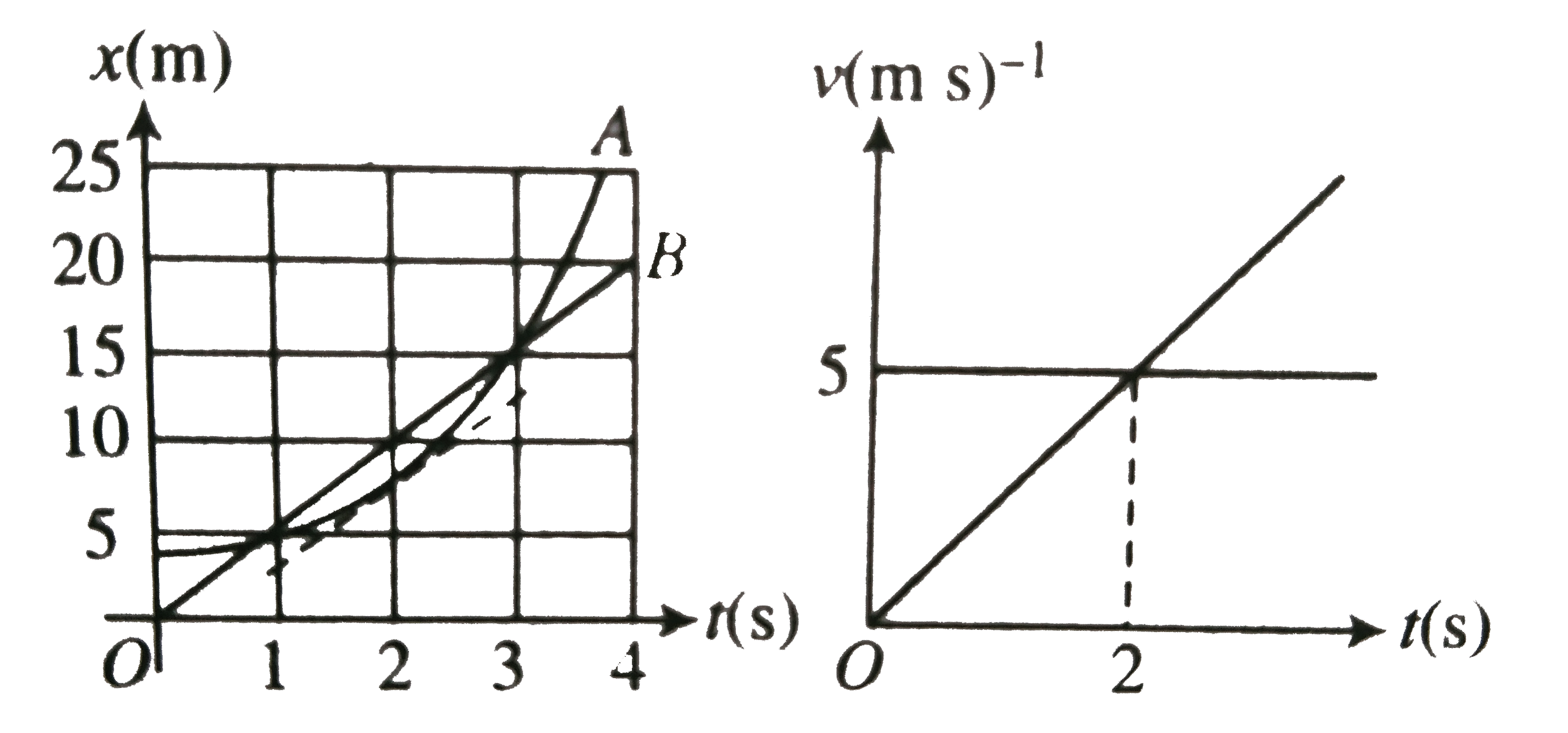Text Solution
Verified by Experts
|
Topper's Solved these Questions
KINEMATICS-1
CENGAGE PHYSICS|Exercise Subjective|29 VideosView PlaylistKINEMATICS-1
CENGAGE PHYSICS|Exercise Single Correct|52 VideosView PlaylistKINEMATICS-1
CENGAGE PHYSICS|Exercise Exercise 4.3|15 VideosView PlaylistGRAVITATION
CENGAGE PHYSICS|Exercise INTEGER_TYPE|1 VideosView PlaylistKINEMATICS-2
CENGAGE PHYSICS|Exercise Exercise Integer|9 VideosView Playlist
Similar Questions
Explore conceptually related problems
Knowledge Check
Similar Questions
Explore conceptually related problems
CENGAGE PHYSICS-KINEMATICS-1-Exercise 4.4
- a. What can you say about velocity in each of the following position-t...
Text Solution
|
Play - a. A ball is thrown vertically upwards. Aftre some time it trturns to ...
03:45
|
Play - A body starts at t=0 with velcoity u and travels along a straight ling...
06:07
|
Play - Find the average acceleration in first 20 s. (Hint: Area under a-t fra...
Text Solution
|
Play - At t=0, a particle starts from reat and moves along a straight line, w...
05:33
|
Play - Given below shows the desplacemen-time graph for a particle moving alo...
02:14
|
Play - You are given the position-time graph of three deffernt bodies A,B, an...
01:21
|
Play - A physics professor leaves her house and walks along the sidewalk towa...
04:43
|
Play - Shows the position-time graphs of three cars A,B and C On the basis of...
09:15
|
Play - A cockroach moves rectilinearly such that after sometime t(0) let its ...
02:49
|
Play - A car accelerates from rest at a constant rate alpha for some time, af...
05:34
|
Play - Two cars, A and B move along the x-axis. Car A starts from rest with c...
Text Solution
|
Playing Now - A rigid ball traveling in a straight line the x-axis hits a soled wall...
10:02
|
Play - Refering to v-s diagram, find: . a. Acceleration of the particle w...
03:48
|
Play - A racing motor boat speeds up in a straight line in a lake, from rest....
02:32
|
Play - Referring a-s diagram in , find the velocity after particle travel 120...
09:25
|
Play
 .
. 